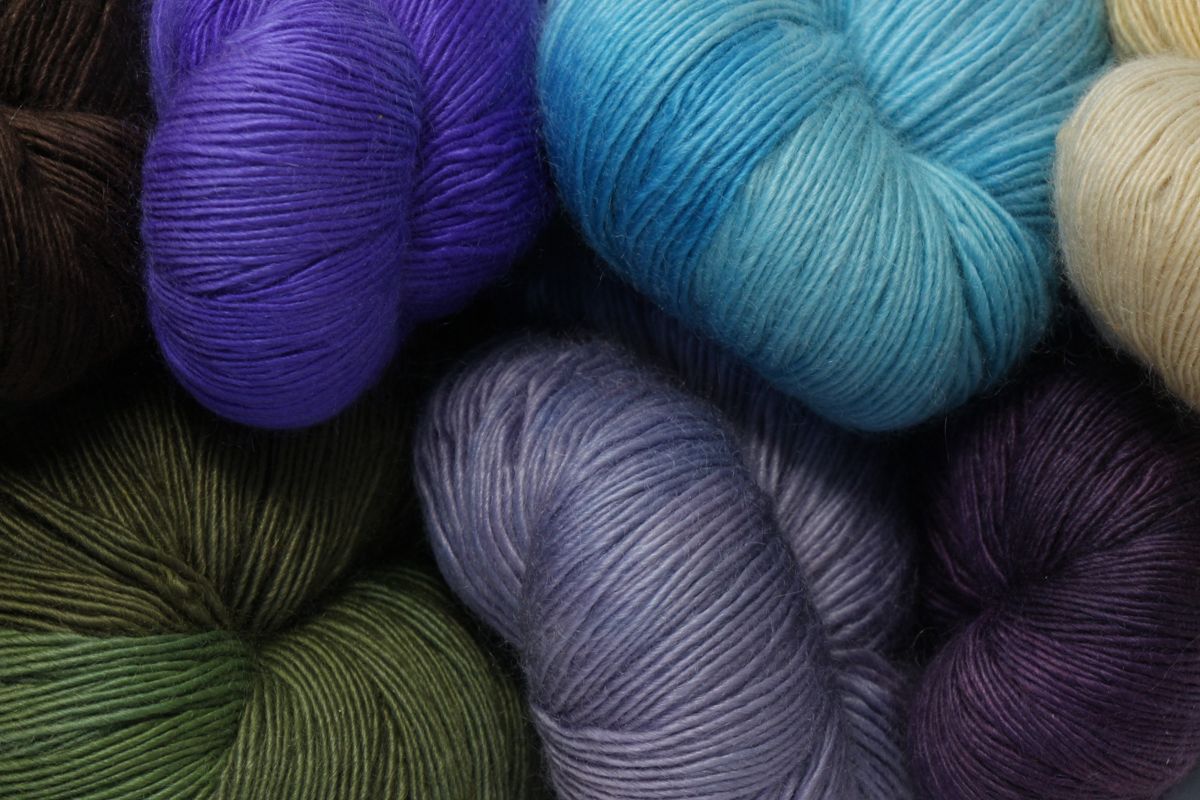What Is Cashmere and How Does It Stack Up to Other Fabrics?
Wiki Article
Checking Out the Numerous Types of Cashmere an All-natural Fiber for Ultimate Luxury
Cashmere, an all-natural fiber, is frequently linked with high-end and convenience. Not all cashmere is created equal. From the highly soft Mongolian selection to the lightweight heat of Indian Pashmina, each kind presents its own one-of-a-kind attributes and allure. The extra budget-friendly Chinese cashmere, the traditional Scottish variation, and the premium Italian mix, all inform a different tale of this exceptional fiber. As we unravel the world of cashmere, a deeper understanding of its real worth and sophistication begins to arise.Understanding the Extravagant Nature of Cashmere
Cashmere, frequently associated with high-end and comfort, holds an one-of-a-kind appeal in the globe of all-natural fibers. Unlike other all-natural fibers, cashmere combines insulation with breathability, using unequaled comfort across differing temperatures. Its glossy coating and soft structure add to its premium charm, warranting the costs rate that usually comes with cashmere garments.
Just What Is Cashmere and Where Does It Originate from?

Offered these phenomenal high qualities, one could ask yourself about the origin and make-up of this elegant fiber. Cashmere is stemmed from the soft undercoat of cashmere goats, mainly located in Mongolia, China, Iran, and Afghanistan - is cashmere a natural fiber. These goats are adapted to severe weather problems, producing a very great, soft underfur as a defense against the bitter cold. This underfur, or undercoat, is what is collected for cashmere. Each springtime, when the goats naturally dropped their winter months coat, farmers brush out the great underhair, leaving the coarser hair behind. This meticulous process contributes to the deficiency and high price of cashmere. With its origin in the severe landscapes of Asia, cashmere is a testimony to nature's capacity to generate luxury from hardship.
Translating the Various Sorts Of Cashmere
Recognizing the different kinds of cashmere is vital to appreciating the high quality and distinct characteristics of this lavish material. Typically, cashmere is classified into 3 types: raw, virgin, and recycled. Raw cashmere is directly acquired from the goat and is unprocessed. This kind frequently includes contaminations such as dust and coarse hair. Virgin cashmere, on the other hand, is the pure, unrecycled product that is spun into thread for the very first time. It is the softest and most extravagant. Recycled cashmere is made from virgin material that has actually been previously utilized. It is re-spun and made use of in producing lower-cost cashmere items. Translating these types is the initial action in comprehending the exclusivity and worth of cashmere.
The Distinct Qualities of Each Kind Of Cashmere
Having actually checked out the different groups of cashmere, it ends up being apparent that each type flaunts its unique collection of qualities. Mongolian cashmere, for instance, is renowned for its superior high quality, due to Mongolia's extreme winters that generate longer and finer fibers. On the other hand, Chinese cashmere is often extra budget-friendly, though its shorter fibers can minimize toughness.Why Cashmere Is the Epitome of High-end in vogue
Cashmere holds a renowned setting in the world of fashion, related to as a symbol of deluxe and elegance (is cashmere a natural fiber). Cashmere is acquired from the great undercoat of Himalayan goats, known for their exceptional high quality fiber. Cashmere's unparalleled convenience and toughness make it an in-demand product in the development of premium garments.The Process of Making Cashmere: From Goat to Garment
The trip of cashmere, from being an undercoat of a Himalayan goat to a lavish garment, is an intricate one. With the development of springtime, farmers in Mongolia and China gather the woollen by combing the goats, ensuring no injury is done. The obtained woollen includes crude external hair and soft downy undercoat. This blend is then painstakingly divided, with only the soft down used for cashmere. This raw cashmere is cleaned, colored and rotated right into thread. The yarn is after that woven or weaved into fabrics. The last step involves pressing and cleaning to provide the fabric its particular gentleness and warmth. From goat to garment, each action is a testament to the skill, perseverance and creativity associated with crafting cashmere.
Verdict
Finally, cashmere, with its natural style and unparalleled convenience, preponderates in the globe of luxury style. The diversity in types, varying from the soft Mongolian, light-weight Indian Pashmina, cost effective Chinese, traditional Scottish, to the vibrant Italian, exposes the convenience of this natural fiber. The scrupulous process of changing it from a goat to a garment even more includes in its exclusivity, making cashmere the epitome of sophistication and deluxe.Cashmere, an all-natural fiber, is typically associated with deluxe and comfort (is cashmere a natural fiber).Cashmere, frequently linked with high-end and comfort, holds a special appeal in the globe of natural fibers. Unlike various other natural fibers, cashmere combines insulation with breathability, offering unmatched comfort throughout varying temperature levels. Cashmere is obtained from the soft undercoat of cashmere goats, primarily discovered what material is cashmere in Mongolia, China, Iran, and Afghanistan. Cashmere is derived from the great undercoat of Himalayan goats, known for their premium high quality fiber
Report this wiki page